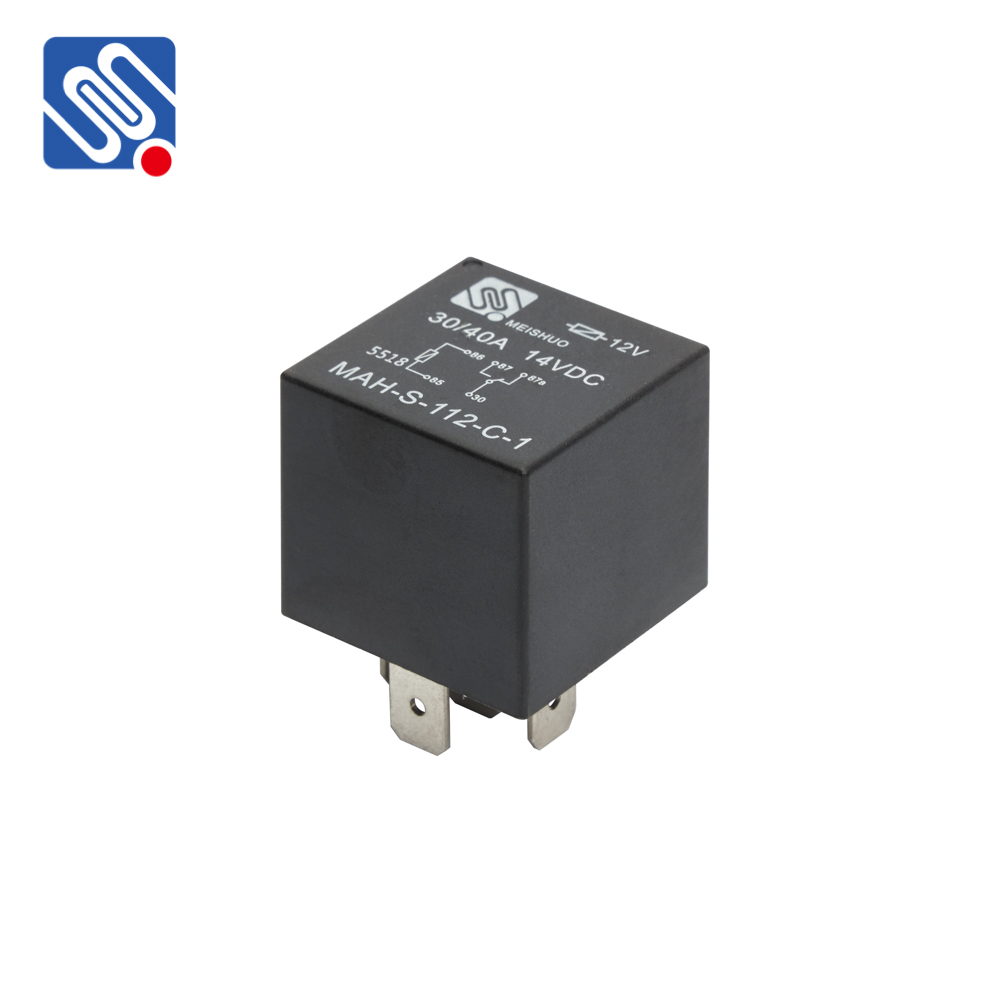The relay industry, a cornerstone of modern electrical and electronic systems, has evolved significantly over the past few decades. Relays, as electrically operated switches, are crucial in numerous applications ranging from industrial automation to telecommunications and automotive systems. In recent years, the relay industry has seen substantial growth, driven by advancements in technology and increasing demand for more efficient, reliable, and versatile solutions. This article explores the current trends shaping the relay industry, including miniaturization, increased connectivity, and the shift toward smart systems.

1. Miniaturization and High-Density Integration One of the most significant trends in the relay industry is the continued miniaturization of relay designs. As technology progresses, there is an increasing demand for smaller, lighter, and more compact relays without sacrificing performance. Miniaturization is particularly critical in sectors like automotive and telecommunications, where space is limited, and weight reduction is paramount. In response to these needs, manufacturers are focusing on high-density integration, combining multiple relay functions into a single, compact unit. This enables the development of smaller devices that can serve multiple purposes, reducing the overall size of electronic systems. Additionally, miniaturized relays are often more energy-efficient, a crucial factor in the design of modern electronic devices that require low power consumption.
Leave a Reply